Nine of the locomotives now wear the corporate blue and gray paint scheme, resembling the 1960s Canadian Pacific gray and maroon scheme, while the 10th locomotive was chosen to wear a heritage tribute scheme in honor of the Bangor & Aroostook Railroad. Central Maine & Quebec Railway operates on former Bangor & Aroostook and Canadian Pacific routes and the schemes were chosen to pay homage to those predecessors.
The group of ten six-axle locomotives will primarily operate between Farnham, Quebec; Brownville Junction and Millinocket, Maine, providing service to the road freights. Additional four-axle locomotives will be arriving after rebuilding and painting in Danville, N.Y., and will be seen on the trackage south of Brownville Junction, including to Searsport, Maine.
— A Central Maine & Quebec Railway news release. Nov. 11, 2016.





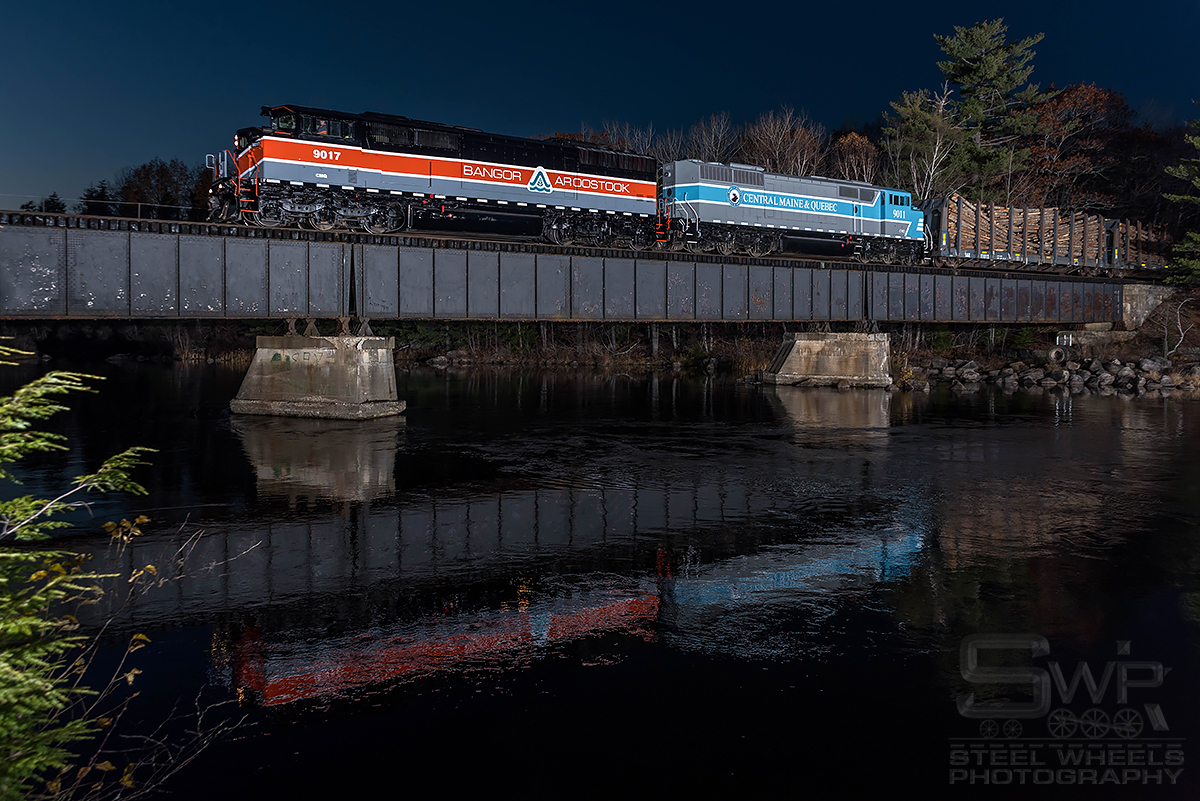
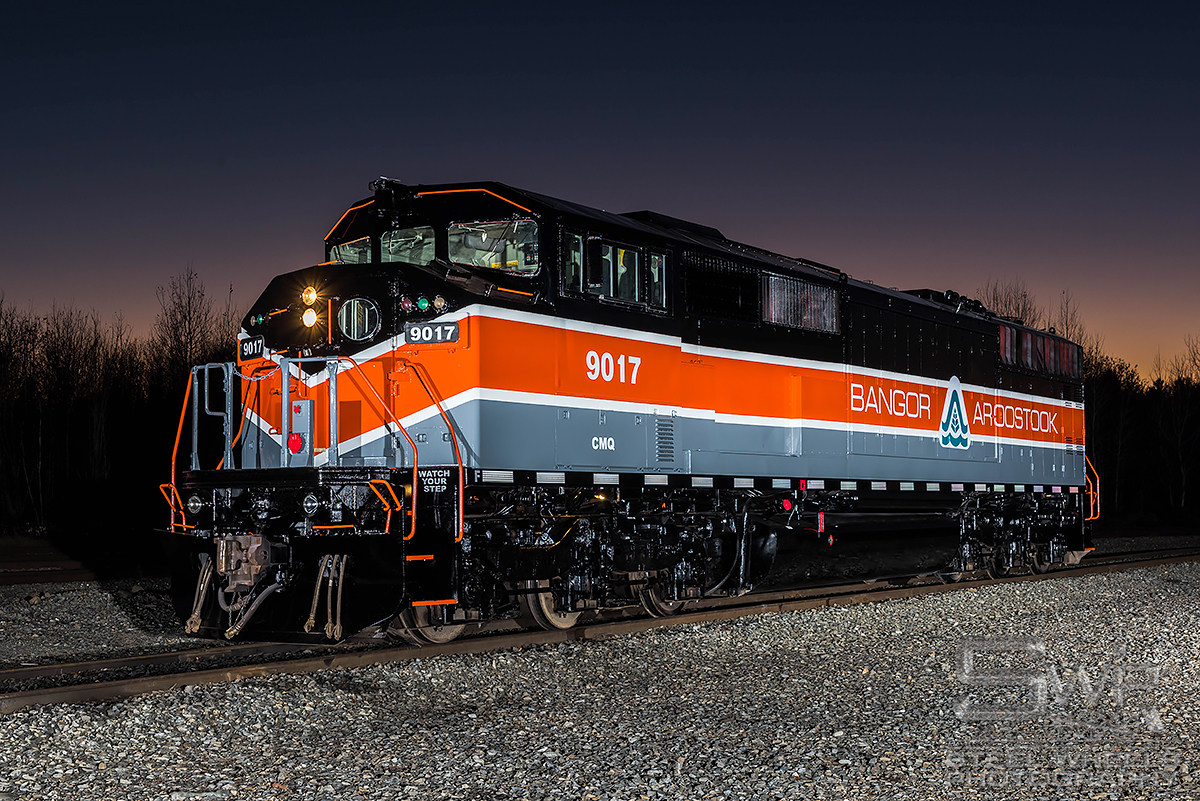

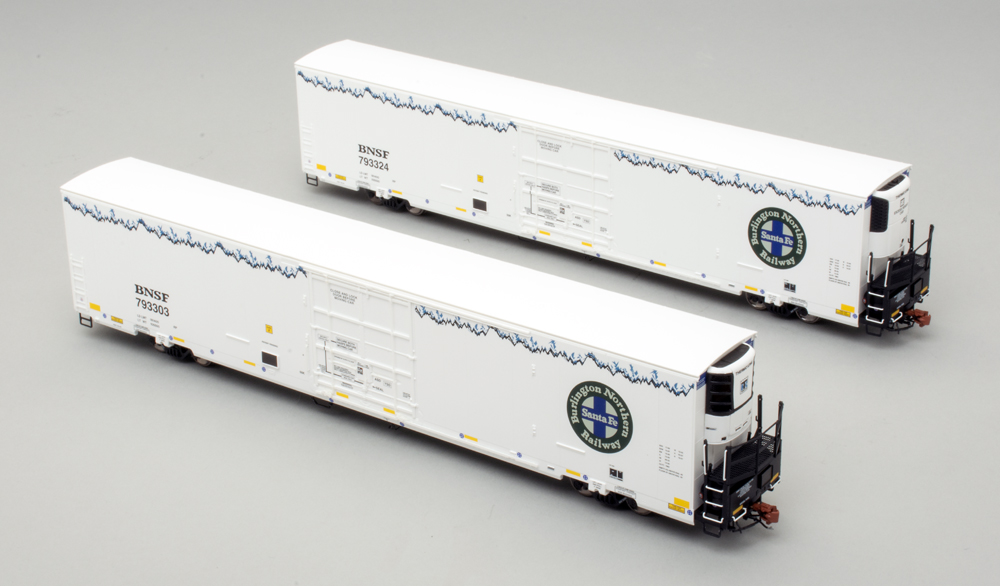
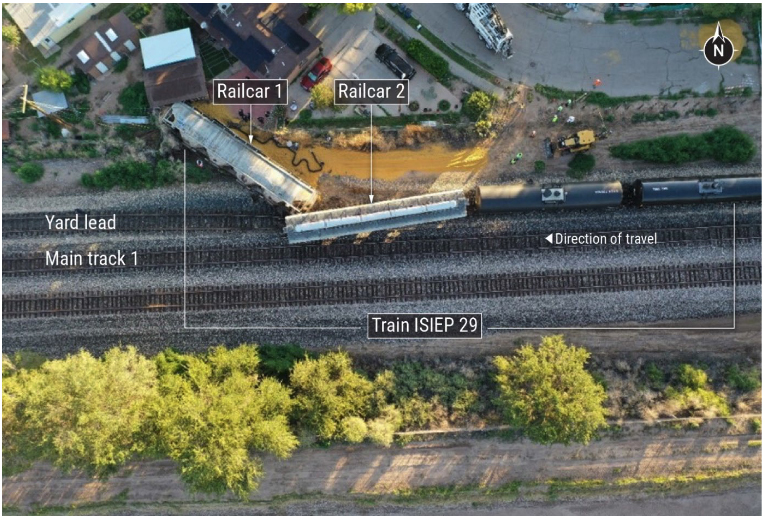
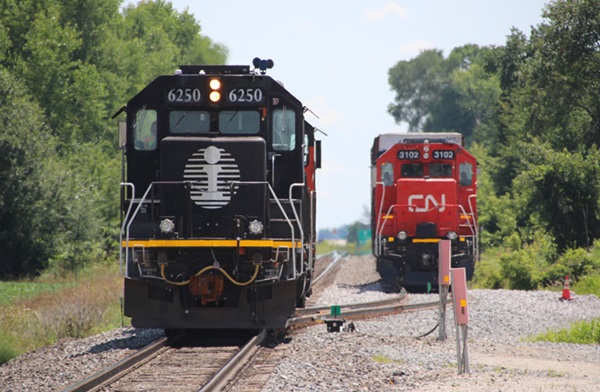
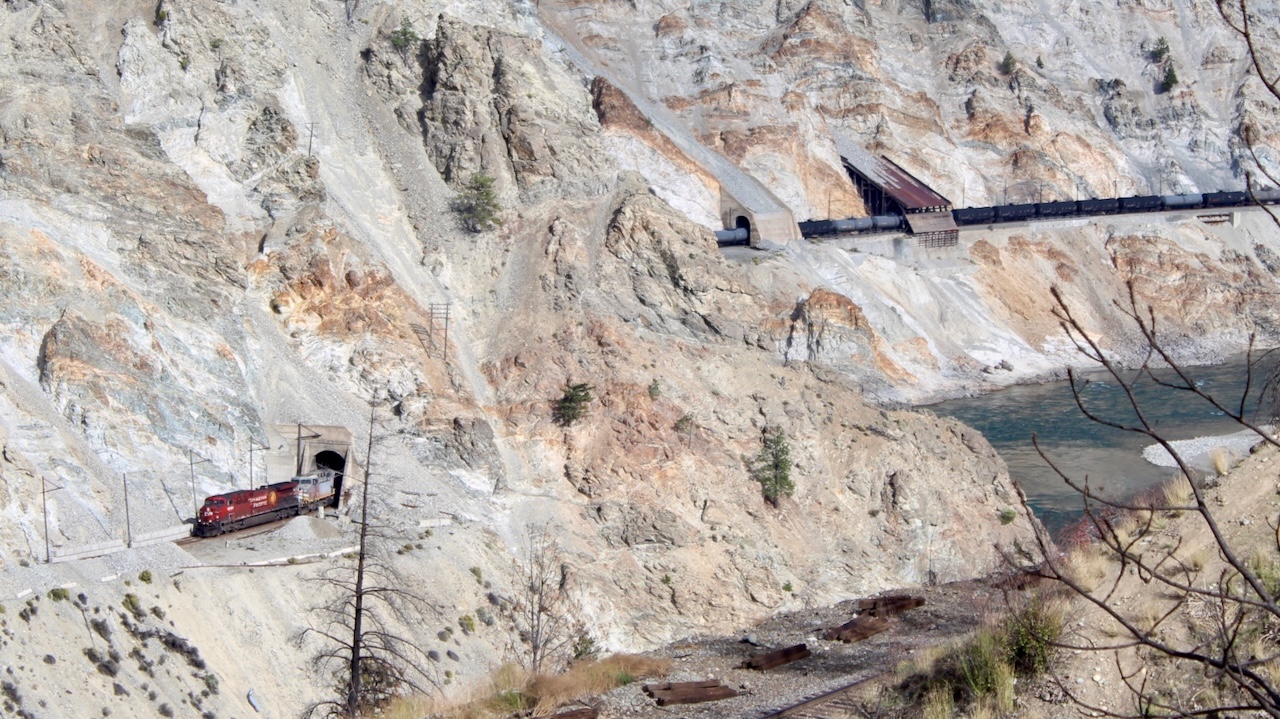




That paint scheme looks great!
Both schemes are excellent. Bravo!
Anyone know the history of the SD40-2F? A passenger diesel body with 6 axles? Kinda like F40C but with less asthetic front end, never seen these.
Always hated to work with the cowl engines. Wasn’t alone in my low opinion of the Draper units. Thank goodness the 2100 series were retired early, the 5400 and 5500 series were stationed out west witch left us in the east with the GE 2400 series. While some liked them I always disliked going back through the engine room, while running at any speed. Much preferred conventional engines. Dress for the weather was my moto. Anyhow good luck to the new owners. Retired in 2000 after many years of service with CN rail.
The GMD SD40-2F was constructed for Canadian Pacific in 1988/1989 when the line came shopping for more SD40-2’s. It was obviously a cowl version which was in vogue at the time in Canada.
A total of 25 were built and after early engine troubles that saw most of them go to La Grange for work, they were a reliable member of the CPR fleet for decades. Early in life after the teething troubles were resolved that happened due to months of not building any SD40-2’s before this order, they were even known as the Cadillac of SD40-2’s.
But the SD40-2 itself has fallen out of favor there and as a cowl, these derivatives are poorly suited for the type of work that SD40-2’s are increasingly being used for (They’re often more switcher than road power these days and the full width body works against them in those jobs). So CPR sold 10 of them to this line while others have been used as cores for CPR’s SD30C-ECO’s.
The remaining members of the fleet have been retired in 2016 and if they’re not used for more ECO rebuilds, likely will be scrapped. Not much of a market for cowls so these 10 were lucky to escape to a regional that experiences harsh winter weather and likely will appreciate not only the reliability and efficiency of SD40-2’s, but the enclosed walkways as well.
Bring back the BAR!
Wow! Always enjoy seeing pride in image. Nice work!
The ‘resemblance’ to CPR’s maroon-and-grey is quite a stretch. If the blue was maroon, with yellow stripes…
Thanks to Central Maine and Quebec for painting this unit in a heritage paint scheme. We need more like it.